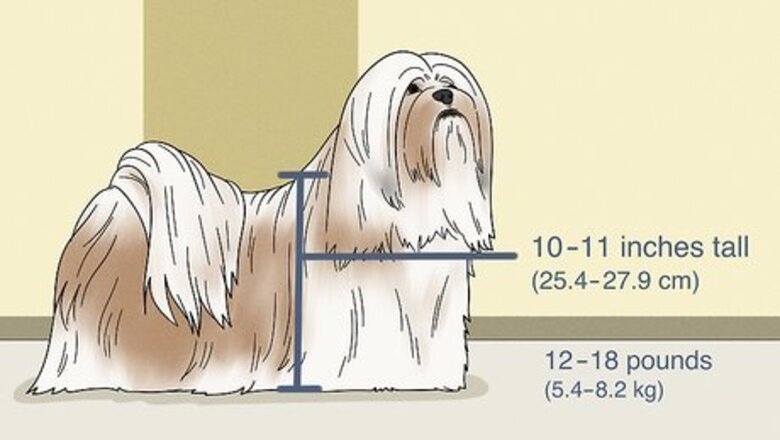
views
X
Trustworthy Source
American Kennel Club
The American Kennel Club (AKC) is a purebred dog pedigree registry in the United States. The AKC advocates for the responsible ownership of dogs and promotes purebred dog events, such as the Westminster Dog Show.
Go to source
The dog is a member of the non-sporting group, and is an ancient dog of Tibet who used to live in the Himalayan mountains.[2]
X
Trustworthy Source
American Kennel Club
The American Kennel Club (AKC) is a purebred dog pedigree registry in the United States. The AKC advocates for the responsible ownership of dogs and promotes purebred dog events, such as the Westminster Dog Show.
Go to source
The Lhasa Apso shares some traits with other dogs, but by recognising their key traits it's easy to identify a Lhasa. This wikiHow will help you know whether or not a dog is a Lhasa Apso.
Recognising the Body Structure
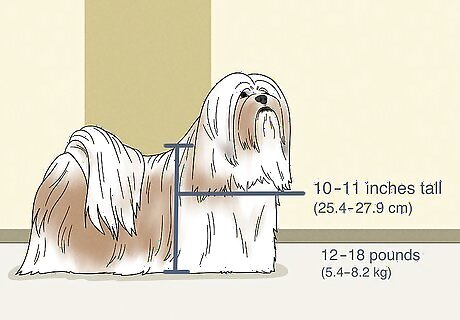
Check the dog's size. The Lhasa Apso is a rather small breed of dog. They're only 10–11 inches (25.4–27.9 cm) tall, the females being slightly smaller, and they weigh 12–18 pounds (5.4–8.2 kg).
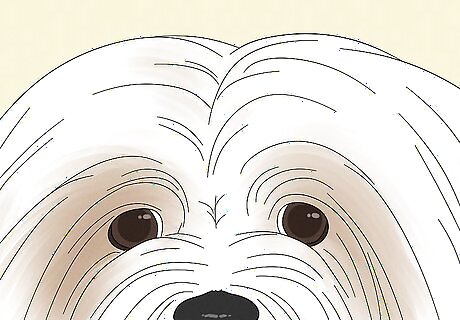
Notice the eyes. Lhasas have dark brown eyes, which are almond shaped.
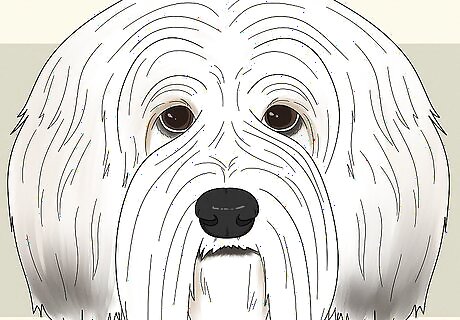
Find the ears. A Lhasa Apso has heavily feathered ears that are set slightly higher than eye-level. The ears are carried close to the cheek
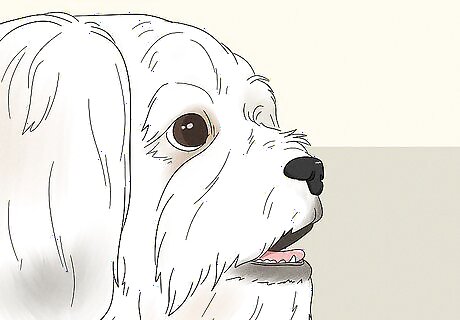
Look at the muzzle. Lhasa Apsos have straight muzzles which are about one third of their head's length, from the nose to the back of the head. They have a black nose, and a level or slightly undershot bite.
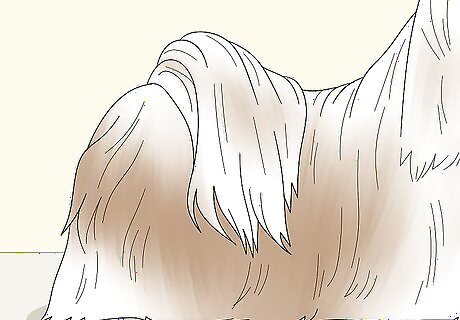
Inspect the tail. A Lhasa has a feathery tail that's set high enough for it to be carried over the back with a curl to the side. The tail may have a kink in the end.
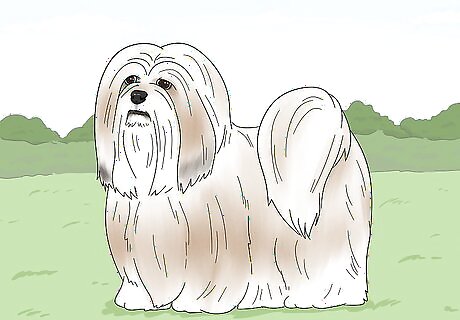
View the overall structure. A Lhasa Apso's neck is medium in length and blends smoothly into their back, and the body looks rectangular when seen in profile. The elbows are close to the body, and the legs are heavily coated in hair and straight from the elbow downward. The feet are round and catlike on both the hind legs and front.
Taking Notice of the Coat
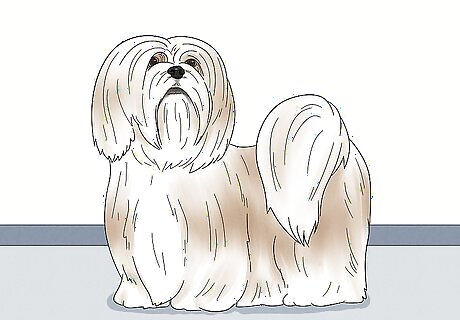
Check the coat's texture and appearance. The Lhasa Apso has a heavy, thick, dense coat. The coat is double coated, and generally straight and tough, not woolly or silky. Lhasa Apsos are considered allergy friendly, as they don't shed.
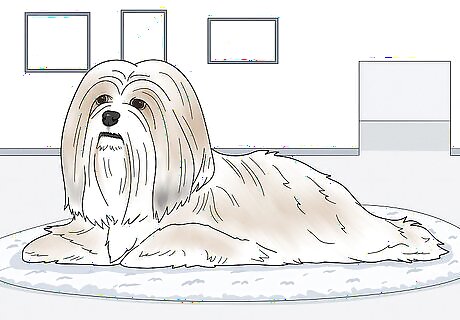
Look at the coat's colour. Lhasa Apsos can be any colour, and all are equally acceptable. There are some colours which are seen more frequently, despite the fact that the dog can be any colour. The colours which are more standard, include: black, black and tan, cream, golden, grizzle, red, red gold and white. Other lesser seen colours include: blue, charcoal, grey, liver and silver.
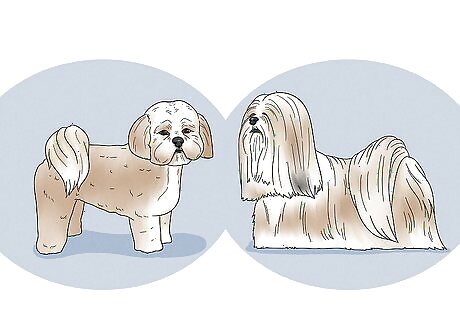
Look at the 'cut'. Some people choose to give their Lhasa Apsos specific haircuts, rather than leaving it the standard cut. Some of these may include: the Puppy cut, the Teddy Bear cut, the Show cut. The Puppy cut is seen as the same short length all over. The Teddy Bear cut appears as longer hair around the head and face. The show cut traditionally is seen as letting the hair grow to floor length, and cutting to show standards.
Temperament
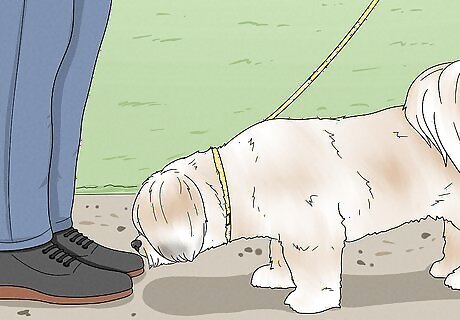
Watch for suspicion. The Lhasa Apso can be very cautious and careful around strangers. They're very careful with their socialisation, and they may be suspicious of everyone, which can lead to biting. EXPERT TIP Colleen Demling-Riley, CPDT-KA, CBCC-KA, CDBC Colleen Demling-Riley, CPDT-KA, CBCC-KA, CDBC Canine Behavior Consultant Colleen Demling-Riley (CPDT-KA, CBCC-KA, CDBC) is a Canine Behavior Consultant and the Founder of Pawtopia Dog Training. With more than 20 years of experience, she specializes in creating and customizing dog management programs for dog owners. She is a Certified Pet Dog Trainer-Knowledge Assessed, Certified Behavior Consultant Canine-Knowledge Assessed, Certified Dog Behavior Consultant, and American Kennel Club Canine Good Citizen Evaluator. Colleen is a member of the International Association of Canine Professionals and has been a featured expert in national media including the New York Times, Woman’s Day, Readers Digest, Cosmopolitan, and Yahoo.com. Colleen Demling-Riley, CPDT-KA, CBCC-KA, CDBC Colleen Demling-Riley, CPDT-KA, CBCC-KA, CDBC Canine Behavior Consultant Early socialization is critical for a Lhasa Apso. They are known for being very friendly with their families but can be distant and unapproachable with strangers. Despite their small size, Lhasa Apsos were originally bred to be guard dogs. They'll often bark at anything that seems threatening and may not always get along with other dogs.
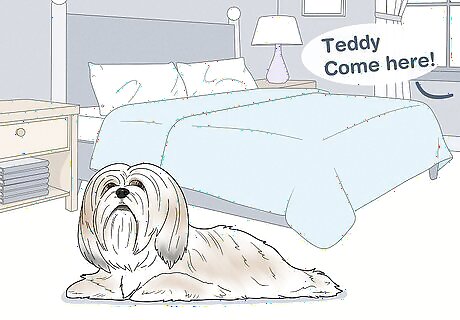
Notice independence. Lhasas have their own mind, and a personality that is catlike in their independence. They'll often be wilful, obstinate, manipulative and bossy. This means that when you give the dog a command, they might not listen to you straight away.
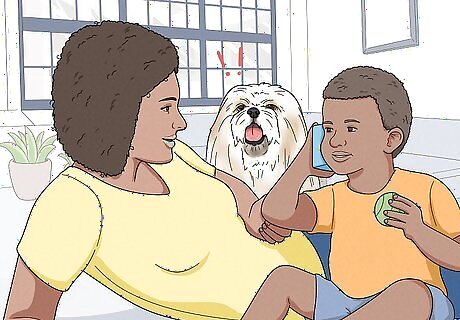
Look for jealousy. Lhasa Apsos are very likely to become jealous of other pets, animals, or even children when the attention is on them. They won't like being teased, and can become quite possessive.
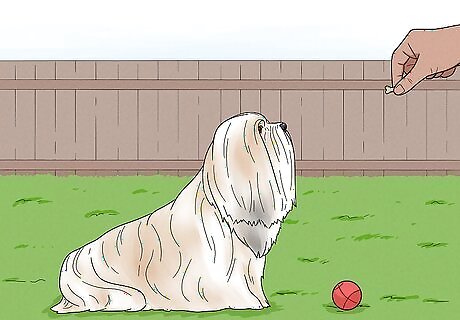
Pay attention to intelligence. The Lhasa Apso is rather intelligent, and they have their own mind. The dog will probably do best with reward based training, because they're smart enough to learn that there are reasons to do things.
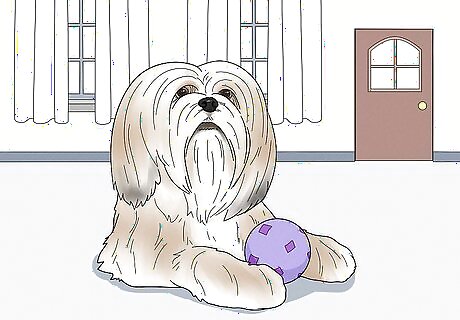
Check if the dog is alright being left on their own. The Lhasa Apso won't mind being left on their own, and will happily entertain themself. They're very playful, and will find something to do whenever they're inside.




















Comments
0 comment